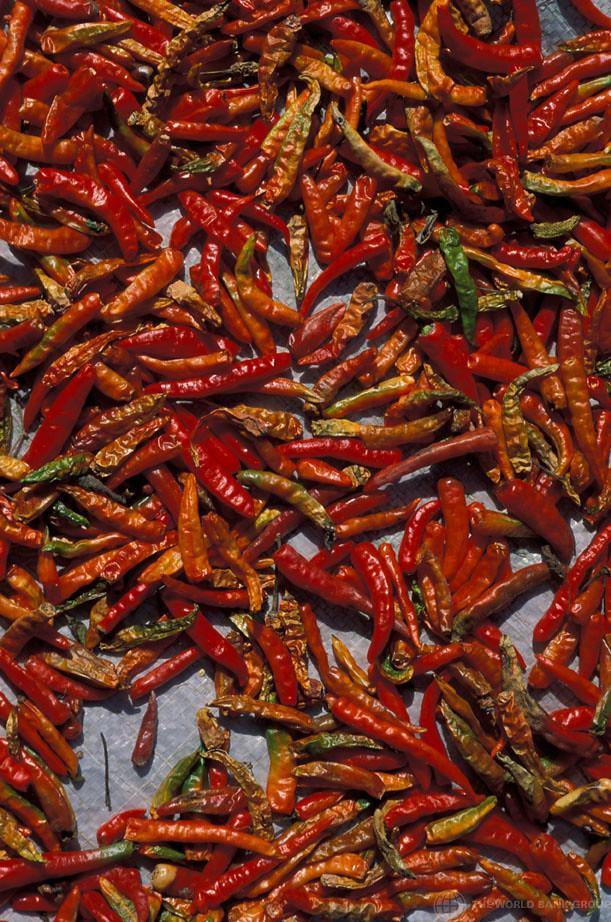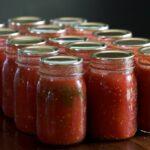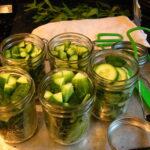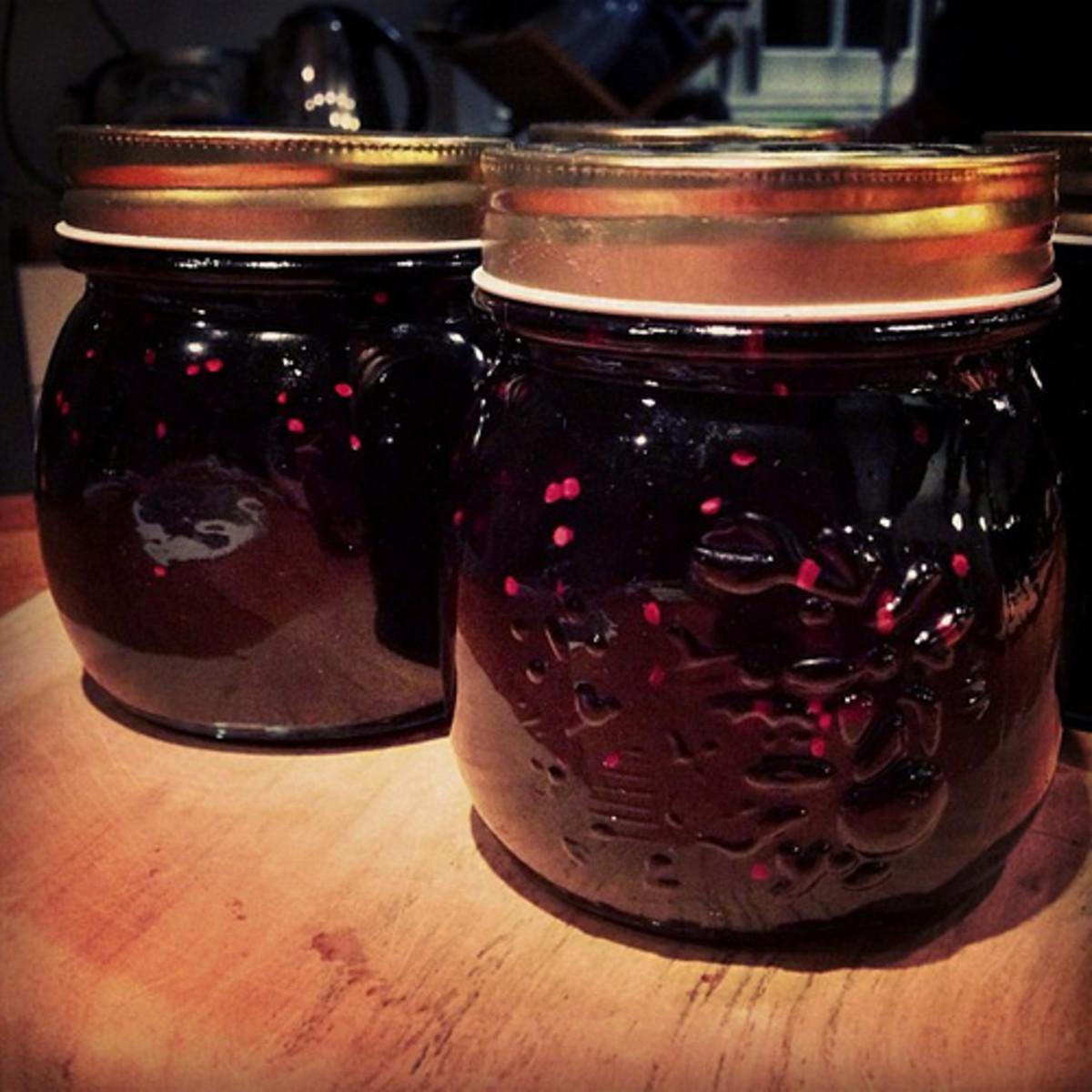If you have a garden, you know how it feels to be inundated with a bounty of fresh produce at the peak of the growing season. Dehydrating your garden harvest is an easy and efficient way to preserve the excess and enjoy your favorite fruits, vegetables, and herbs all year round. In this post, we will guide you through the process of dehydrating different kinds of food, including preserving fruits, vegetables, and herbs, so you can make the most of your garden harvest.
Step-by-Step Guide to Preserving Fruits, Vegetables, and Herbs

Before we dive into the details, it is important to note that dehydrating is a simple process that involves removing the moisture from food so it can be stored for a longer period of time without going bad. Dehydrating is different from canning or pickling because no heat is used, making it a great option for preserving raw and living foods.
Fruit Dehydration
Dehydrating fruits is a simple and delicious way to preserve the sweetness and flavor of summer. Some popular fruits for dehydrating include apples, bananas, grapes, peaches, and strawberries. Here is a step-by-step guide on how to dehydrate fruit:
- Wash and dry your fruit thoroughly.
- Cut the fruit into thin slices or bite-sized pieces.
- Place the fruit on the dehydrator trays, making sure that the pieces are not touching each other.
- Dehydrate the fruit according to the manufacturer’s instructions, or until it is completely dry and chewy.
- Store the dehydrated fruit in an airtight container in a cool, dry place.
Vegetable Dehydration
Dehydrating vegetables is a great way to preserve the nutrients and flavors of your garden produce. Some popular vegetables for dehydrating include bell peppers, carrots, onions, potatoes, and tomatoes. Here is a step-by-step guide on how to dehydrate vegetables:
- Wash and dry your vegetables thoroughly.
- Cut the vegetables into thin slices or bite-sized pieces.
- Blanch the vegetables (for some vegetables only) in boiling water for 2–3 minutes to stop the cooking process and preserve the color.
- Place the vegetables on the dehydrator trays, making sure that the pieces are not touching each other.
- Dehydrate the vegetables according to the manufacturer’s instructions, or until they are completely dry and crisp.
- Store the dehydrated vegetables in an airtight container in a cool, dry place.
Herb Dehydration
Dehydrating herbs is a great way to preserve the flavor and aroma of your garden herbs for use in your cooking throughout the year. Some popular herbs for dehydrating include basil, rosemary, thyme, and oregano. Here is a step-by-step guide on how to dehydrate herbs:
- Wash and dry your herbs thoroughly.
- Remove the leaves from the stems.
- Place the herbs on the dehydrator trays, making sure that the pieces are not touching each other.
- Dehydrate the herbs according to the manufacturer’s instructions, or until they are completely dry and crisp.
- Store the dehydrated herbs in an airtight container in a cool, dry place.
Tips for Dehydrating Success
- Use ripe and fresh produce for best results.
- Cut the food into uniform pieces so it dehydrates evenly.
- Blanch some vegetables before dehydrating to preserve color and flavor.
- Experiment with different dehydrating times and temperatures to find the right combination for your desired texture and flavor. 5. Store dehydrated food in airtight containers in a cool, dry place to prevent moisture buildup and maintain freshness.
- Label your containers with the type of food and the date of dehydration to keep track of freshness and prevent spoilage.
Conclusion
Dehydrating your garden harvest is a simple and effective way to preserve the excess and enjoy your favorite fruits, vegetables, and herbs all year round. With this step-by-step guide, you can easily dehydrate different kinds of food, including fruits, vegetables, and herbs, and make the most of your garden bounty. Whether you are new to dehydrating or a seasoned pro, the tips and tricks in this post will help you achieve success and preserve your food to perfection.
Keywords: dehydrating, garden harvest, fruits, vegetables, herbs, preserving, nutrients, flavors, tips, tricks, success, preserving fruits, preserving fruits and vegetables, preserving fruits from harvest, harvest and preserving fruits, preserving fruits from your harvest, how to for preserving fruits, step by step harvesting and preserving fruits and vegetables
Check out our Novel Writing Workbooks
Check out Little Tree Food Forest for articles on food forests and homesteading.
Check out FoodieScapes for articles on growing, fermenting and preserving food
Check out StoryScapes.World for articles on writing.
Subscribe to our newsletter to get information delivered to your inbox on edible landscaping, growing food and medicinal plants, growing mushrooms, foraging, fermentation, food preservation, raising small livestock, and more.










